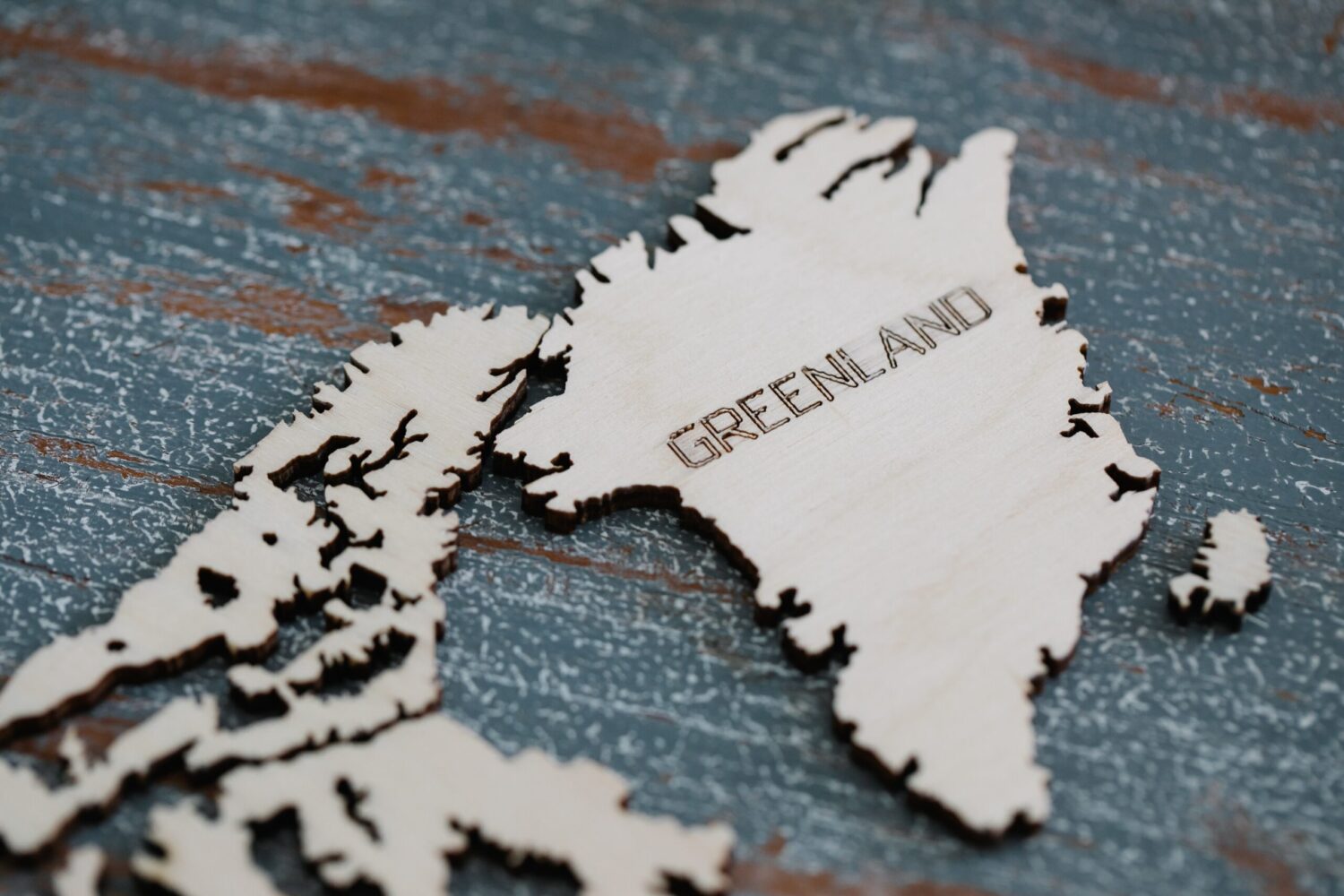The most intense melting events in northeastern Greenland are due to long, narrow bands of water vapor called “atmospheric rivers.”
The warm, dry downslope winds known as the “blow” also play a role.
Authors of a study published in Nature Communications combine regional climate models and high-resolution atmospheric model simulations with “atmospheric river detection algorithms” and a “Foen identification procedure.”
They find that near low-elevation outlet glaciers, 80-100% of extreme melting occurs under Freon conditions, while 50-75% occurs in atmospheric rivers.
The paper finds that both events have become more frequent in the 21st century, adding that their impact on extreme melting in northeast Greenland “is likely to continue to increase as the moisture content of the regional atmosphere increases with climate warming “.
The Greenland ice sheet has lost more ice in the summer than it gained in the winter season for the 25th year in a row, the Washington Post reported late last year.
The net total loss is 166 gigatons of ice from September 2020 to August 2021.
The material continues: “This year, scientists estimate that about 500 gigatons have been lost to icebergs breaking off and melting, the highest in 35 years of satellite observations.
Scientists say they are concerned about the future of the ice sheet. NASA’s Josh Willis said: “With each decade warmer than the last, record breaking is the new normal.
Meanwhile, New Scientist published a new study, citing Nature Communications, which found that trees “lower urban land surface temperatures by up to 12C”. The researchers used satellite data from nearly 300 European cities to measure Earth’s surface temperature, the paper explains. According to the material, “the cooling provided by green spaces without trees is negligible.”
As extreme heat becomes more common in cities, Jihua Wang of Arizona State University told New Scientist that “[this study] provides important guidance for urban landscapers to implement urban trees as an effective strategy to reduce urban heat.” .
Separately, warmer water temperatures as a result of climate change are stressing albatrosses, the Guardian reports.
The authors of a Royal Society study found that in years with unusually warm water temperatures, albatross divorce rates rose from the usual 1-3% to up to 8%.
One of the authors, Francesco Ventura, told the paper that one reason for this is the “partner-blaming hypothesis”: female albatrosses blame their partners for the higher levels of stress caused by the harsher environment.
Photo by Lara Jameso












